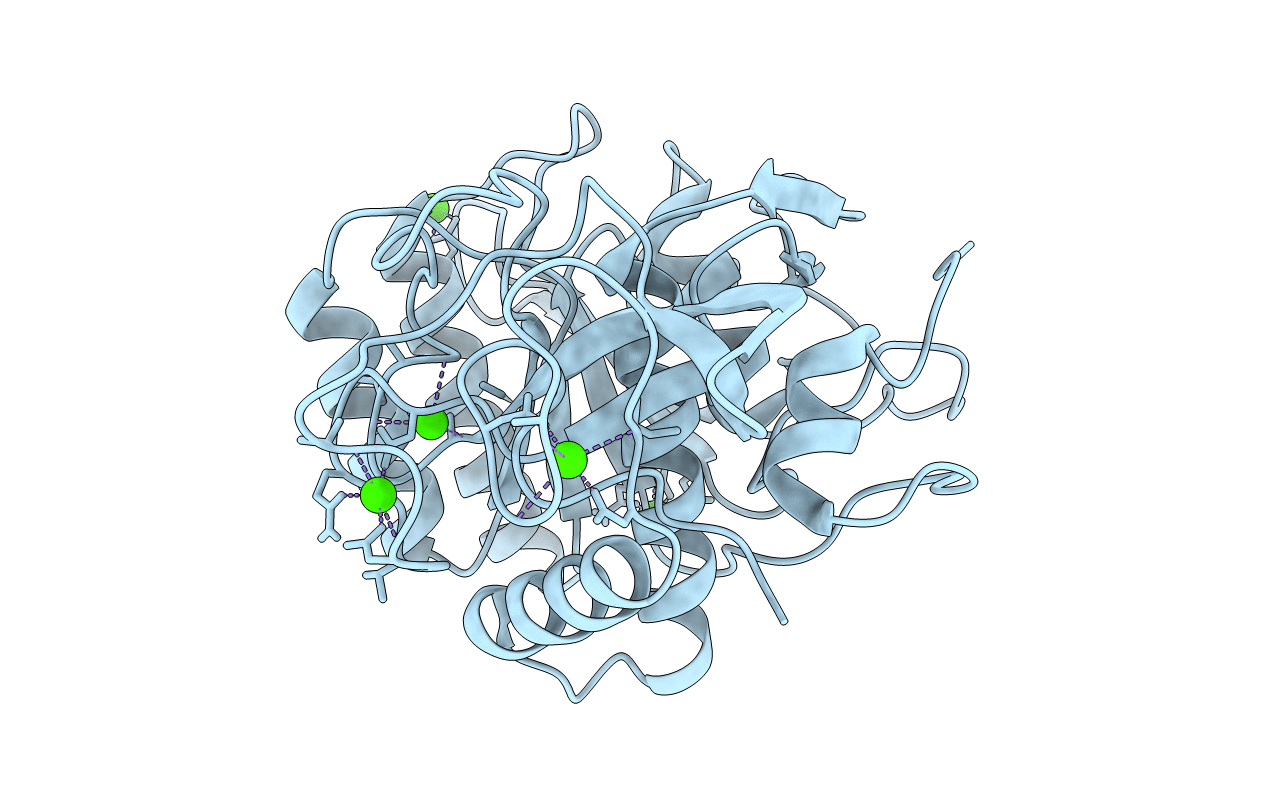
Deposition Date
2001-07-10
Release Date
2002-07-04
Last Version Date
2024-11-06
Method Details:
Experimental Method:
Resolution:
0.93 Å
R-Value Free:
0.11
R-Value Observed:
0.09
Space Group:
P 1 21 1


